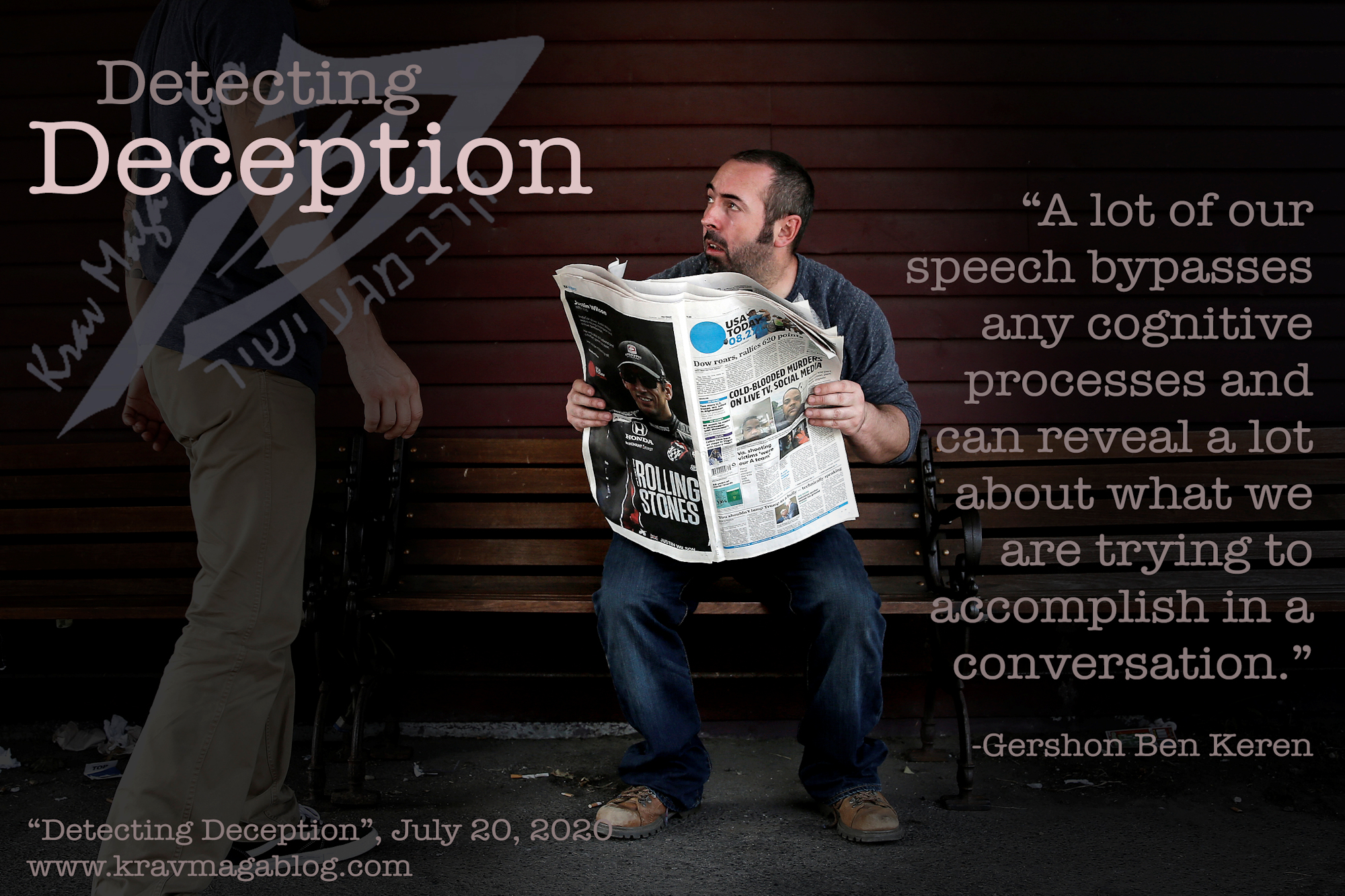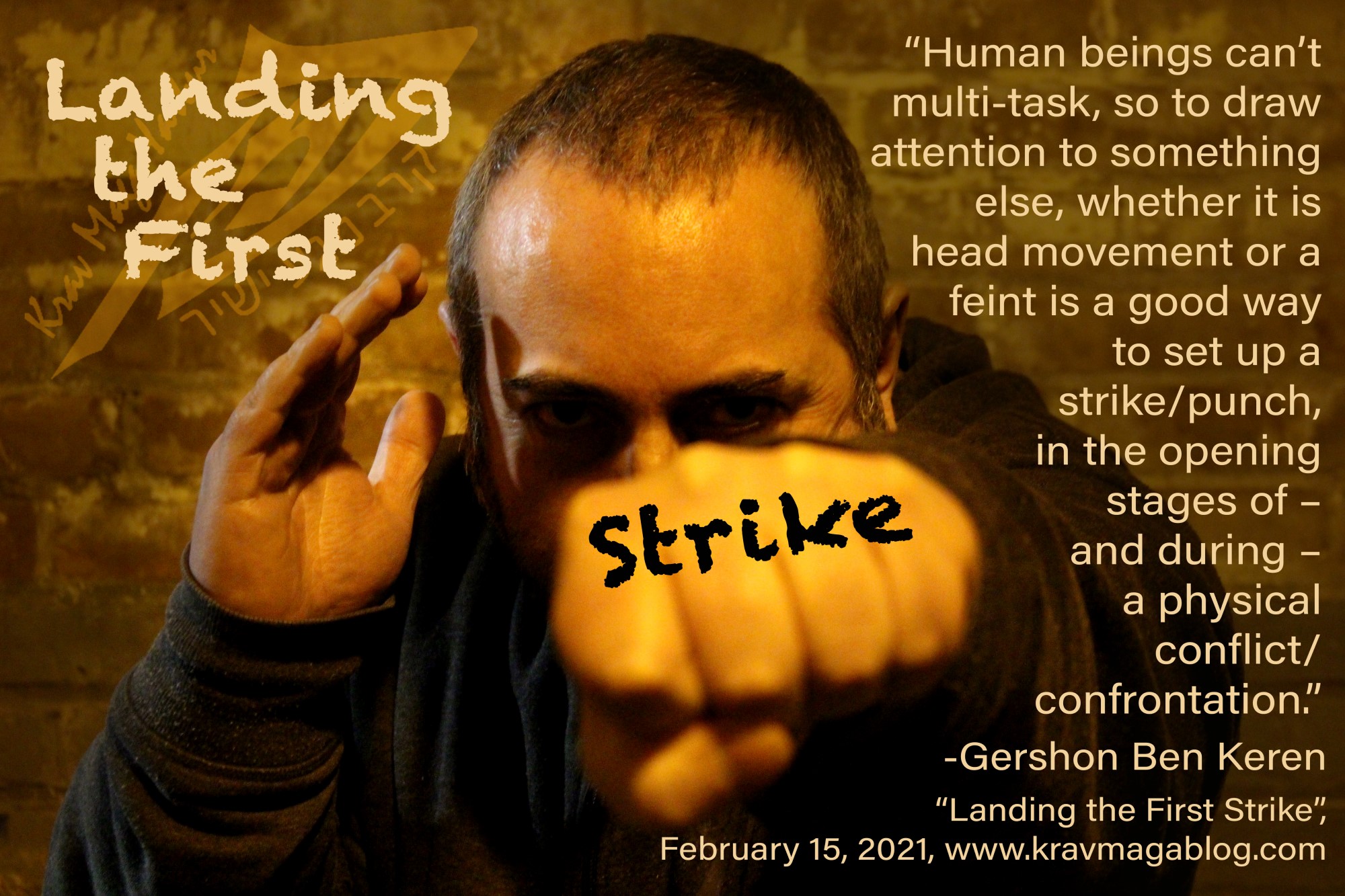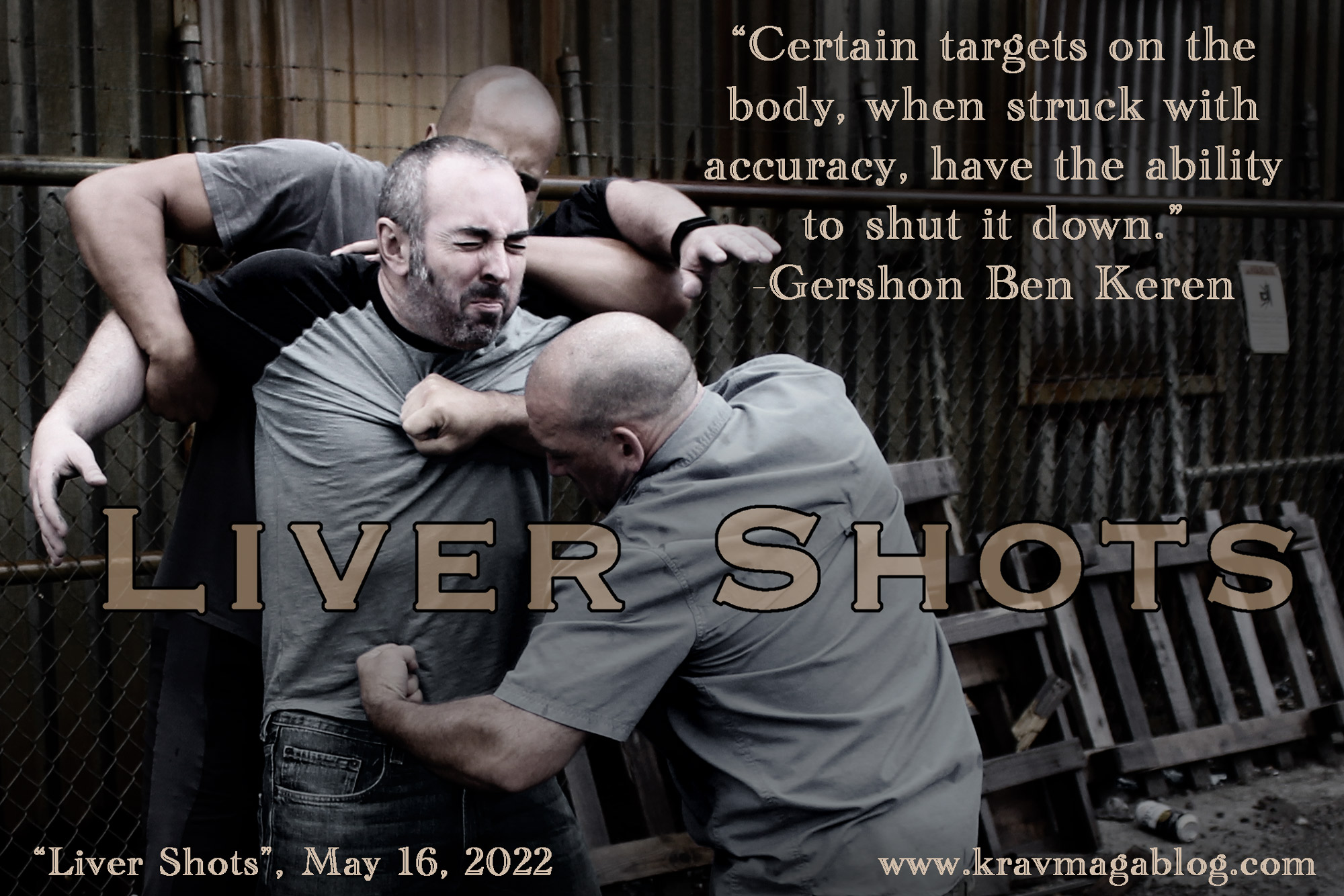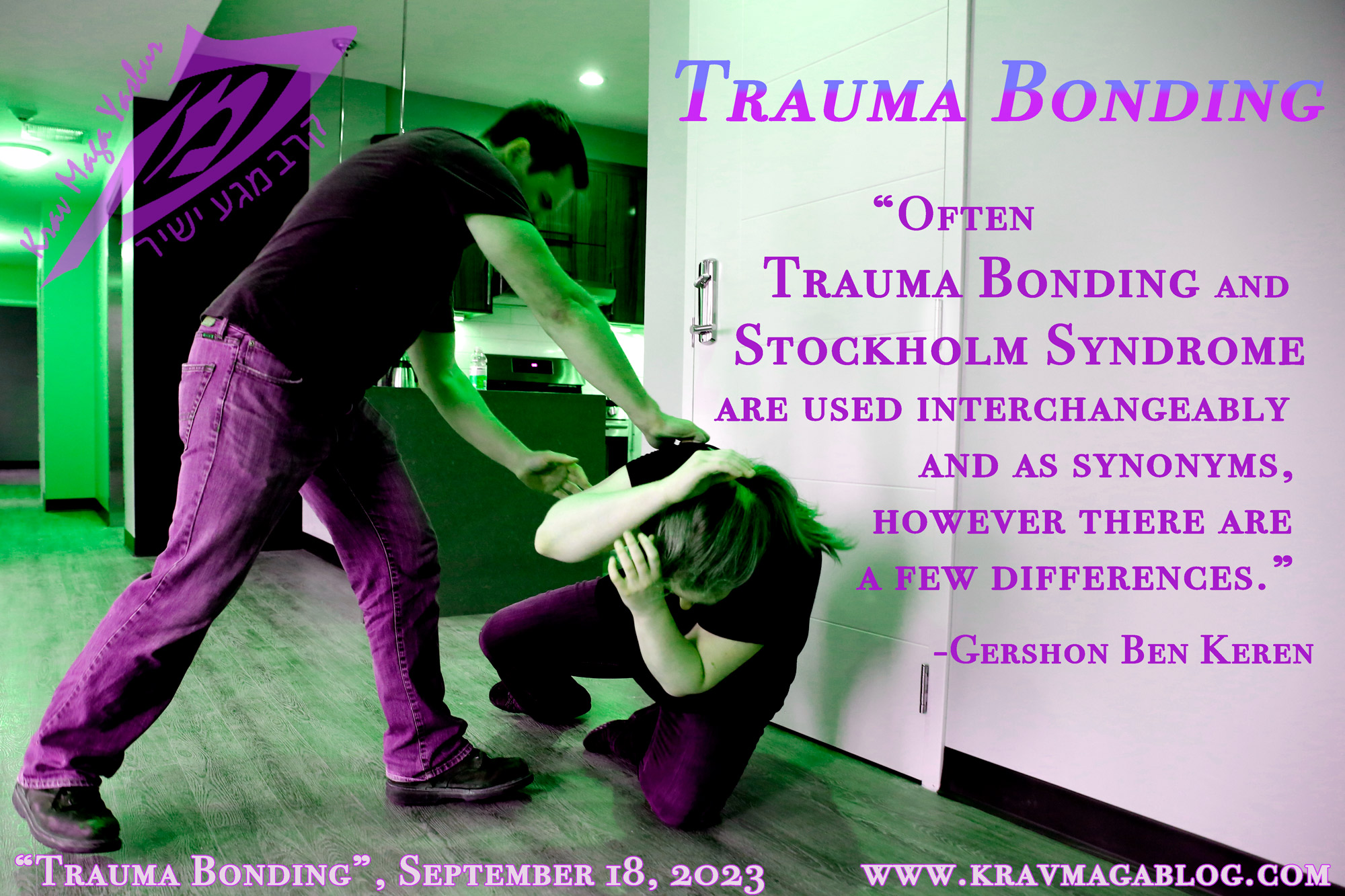Trauma Bonding, is an article written by Gershon Ben Keren, a 5th Degree Black Belt in Krav Maga, who teaches Krav Maga in Boston, MA. He has also authored three Amazon best-Selling Books on Krav Maga.
When we look at other people’s lives, we often simplify the decisions they have to make, i.e., their choices seem obvious to us. We don’t understand why a friend we have is having trouble deciding whether to take a better paying job with more benefits (better healthcare, more time off, opportunities to work from home), or stay at a job they hate, and have been complaining about for years. The choice seems obvious. However, we fail to recognize that change and uncertainty are things that human beings avoid like the plague and/or the emotional attachments our friend may have to their workplace e.g., although they hate the job, they like the people they work with etc. When the subject of abusive relationships comes up, many people don’t understand why the individual being victimized doesn’t just leave their partner, especially when there are no children involved, and there are no shared assets e.g., joint ownership of a property etc. Often phrases like, “there’s nothing keeping them there”, will be used to express the confusion as to why someone would stay in an abusive relationship rather than “simply” leave. Rationally – which is a perspective we can have when we look in from the outside – this would seem the obvious and sensible thing to do, however for the individual in the relationship there is an emotional component, which will produce a skewed psychological perspective concerning the abuser. In this article I want to take a look at “traumatic bonding”, a concept that psychologists George Dutton and Susan Painter developed to explain how those who are continually victimized within a relationship whether that is psychologically, emotionally, physically, financially and/or sexually (to read more about different forms of intimate partner abuse click here) form certain emotional bonds with their abuser, that often keep them in the relationship and prevent them from leaving.
Often Trauma Bonding and Stockholm Syndrome are used interchangeably and as synonyms, however there are a few differences. A component of Stockholm Syndrome is that the victim starts to identify with their captor’s/abuser’s goals e.g., after Patty Hearst was kidnapped by the Symbionese Liberation Army, and given the chance to be free, she decided to join and fight with them etc. In this regard she was no longer being abused/victimized. Also, with Stockholm Syndrome, there is no prior relationship between the victim and their abuser/captor. However, in saying all of that Trauma Bonding does contain elements of Stockholm syndrome, and the two conditions are related. Both involve a process that those being victimized go through, with the result being that a person feels an emotional attachment to their abuser – one that is so strong it compels them to remain even when their better judgment tells them otherwise. For individuals in abusive relationships, they have two basic choices in trying to understand what is happening to them i.e., they can form the belief that they are deserving of the abuse, and they themselves are the reason they are being abused, or they can believe that responsibility lies at the feet of their abuser; someone they willingly formed a relationship with. In trying to come to terms with being victimized many individuals come up with reasons that fall into both camps e.g., they may believe they are partly responsible for the abuse because they’re not always the “good partner” they should be, and the reason their partner engages in abusive behavior is because of the hard life and lack of opportunities they’ve had etc. They may feel that their partner needs their help and support because they’ve so far been unlucky in life and not had any of the same advantages that they’ve had etc. This is not simply sympathy for their abusive partner, they’ve joined their team i.e., the two of them are in it together, regardless of the abuse that they are receiving. Human beings are optimistic creatures even in the face of all odds against them. It may be that an individual in an abusive relationship believes that if they can help change one thing, the relationship will return to how it was in the early days.
Trauma Bonding is a process that begins with what is colloquially referred to as “Love Bombing”. This is where a potential abuser overwhelms their partner with lavish gifts, excessive displays of affection, and a constant stream of admiration. Being the center of someone’s attention and having them signal you as an “amazing” individual is both flattering and somewhat addictive, to the point where an individual disregards or discounts their partner’s negative/abusive behaviors. When this is coupled with “Gaslighting”, where the individual being victimized starts to question their beliefs, consistency and take on reality, the confusion that this creates can make their partner seem like the only reliable and stable person in their world. Because the victimized individual exists in a world of “highs” and “lows” this can create an addictive (and toxic) relationship e.g., if an individual is feeling down because they don’t seem to have a grasp on reality and their self-esteem is in question, suddenly being given an extravagant gift gives them a “high” which they will seek again. This is really no different to the way that sex-traffickers treat their sex-workers i.e., provide the drugs that release them from their reality after they have been sexually exploited. Both create the same cortisol (stress) dopamine (pleasure) cycle that results in a physical/pharmacological addiction. At some point in this process the individual being victimized will start to lose their own identity and start to see that by “accepting” the situation they are in they are actually solving/managing it. This means that their idea of “self” is dependent on their abuser, and they become dependent on their abuser for validating who they are. If their abuser every now and again throws them a bone they will remain dependent on them, because there is only one individual’s recognition of them which means anything. Eventually those victimized hand over complete control of themselves and the relationship to their abuser.
It would be easy to think that only the weak would “fall” for this process and be taken in, however I have been part of martial arts/Krav Maga associations, and trained with “Grand Masters”, who use a similar process, and it is addictive. I remember talking to a fellow instructor, in Israel, about why a certain other high-profile instructor put up with the way his head instructor treated him, and was met with the response, “there are two types of loyal dogs: the loved and the beaten.” Unfortunately, in all types of relationships we are vulnerable to being the beaten dog and staying in unhealthy relationships. We should reserve our judgment of those who stay in abusive relationships because they are far more emotionally complex than our rational minds can comprehend. We should also recognize the processes that such individuals employ, because it is far easier to get out in the early stages of the relationship than let a bond be formed.
0 COMMENTS















